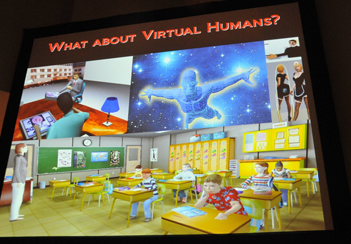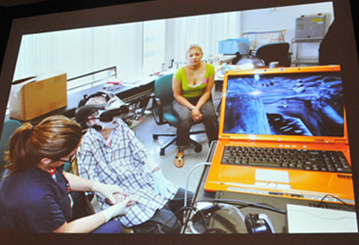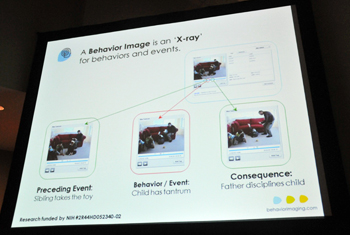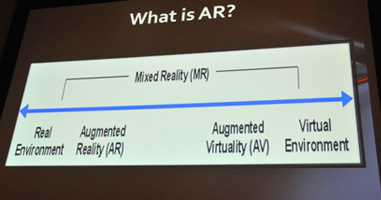American Psychological Association
119th Annual Convention
Washington D.C., August 4-7 2011
Innovative Technologies for Psychological Intervention, Consultation and Training
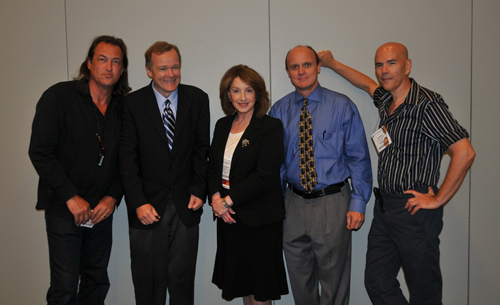
Drs. "Skip" Rizzo, Hunter Hoffman, Elizabeth Carll, Timothy Lacy, & Jon Cabiria
